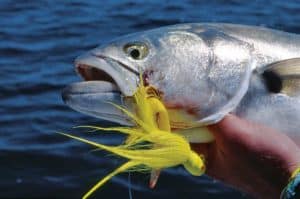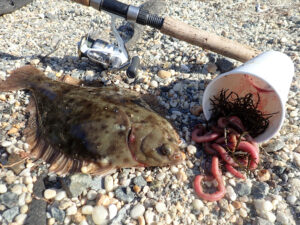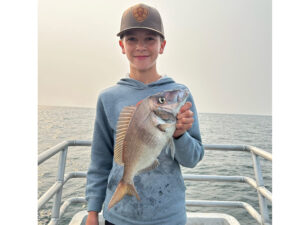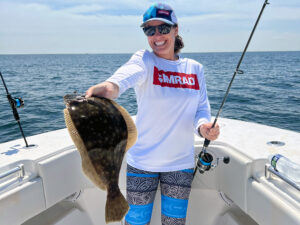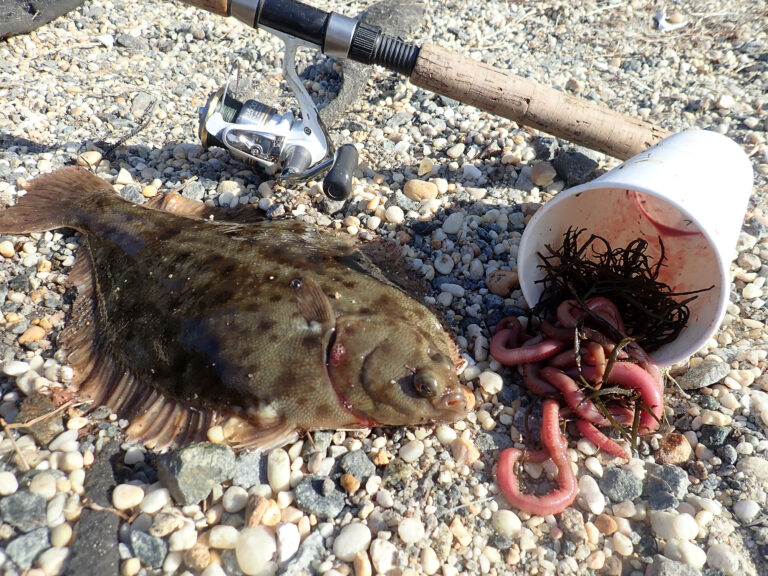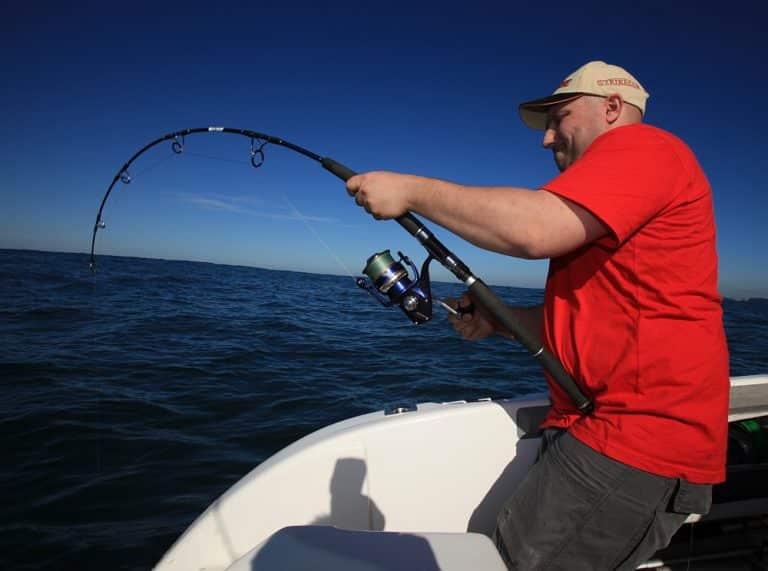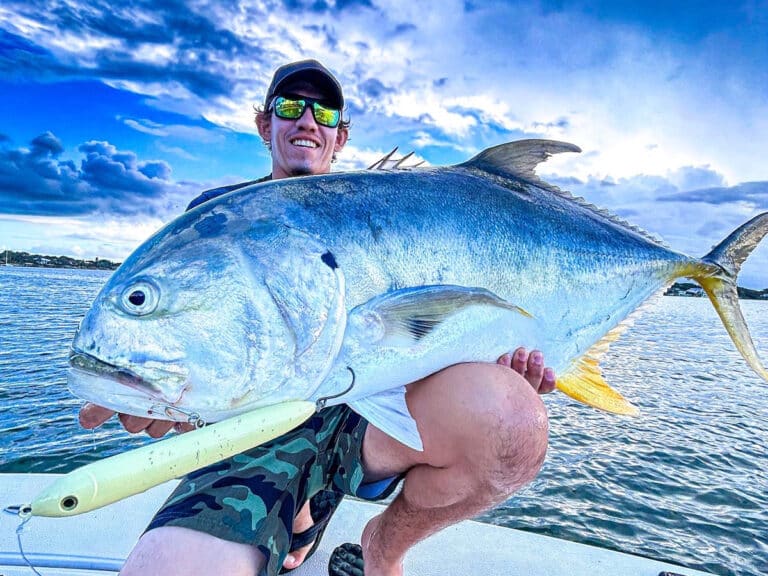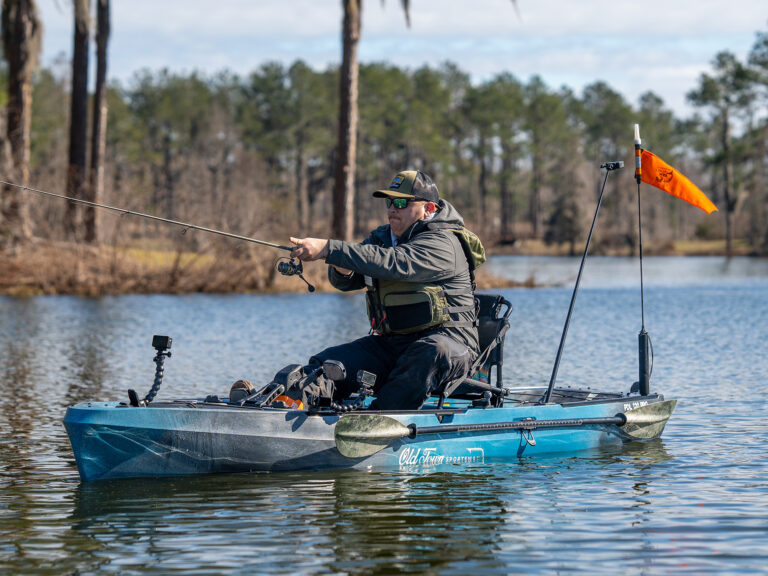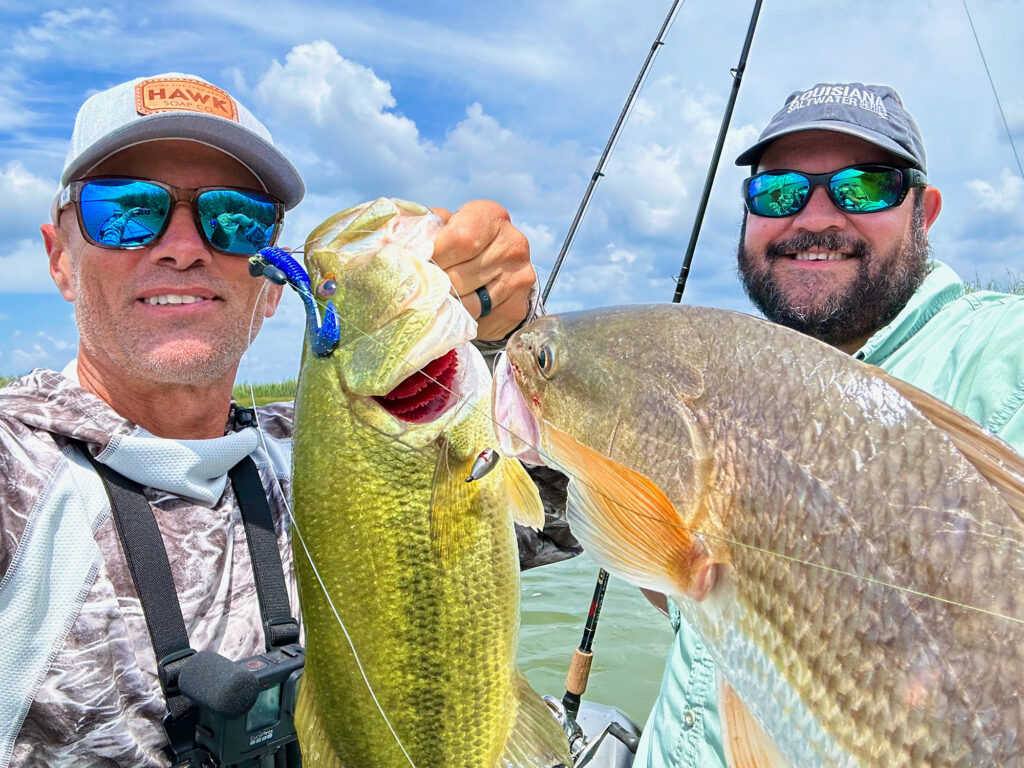
Mississippi is just one of the 10 states touched by North America’s largest river, but somehow, it’s the one that inherited its name. Louisiana coastal anglers are fine with that because most have a love-hate relationship with “The Big Muddy.” In high-river years, when the Mississippi most lives up to its nickname, it shoves cubic foot after cubic foot of highly turbid fresh water into the marshes, bays and bayous of south Louisiana, giving inshore waters the clarity of an advanced lesson on quantum physics.
Estuarine species flee the scene, setting up shop in areas where they can actually see their fins in front of their faces. For anglers, that means longer runs burning more fuel and complete abandonment of familiar honey holes. Solicit an opinion from a south Louisiana angler about the Mississippi during a high-river spring, and you’ll likely get a string of expletives longer than Steve Martin’s in “Planes, Trains and Automobiles.”
But as with all things in nature, there is a yang to the yin. Though the high water makes fishing tough in the short run, it infuses the ecosystem with more nutrients than a vitamin factory, spring-boarding it to glorious days of truly incomprehensible fishing productivity once the river retreats. Exactly when that happens depends entirely upon how much rain falls in the Midwest, but south Louisiana anglers usually start looking at the readings from New Orleans’ Carrollton gauge around the beginning of summer, and typically sometime in August, the river first retreats below 5 feet there. That’s the signal that the river has gotten so low and slow that it’s lost its battle against the Gulf, allowing clean, green water to infiltrate all the major passes and even the Mississippi itself south of Venice.
Speckled trout will eventually find their way to all the bait the river fed for months, but redfish, flounder and largemouth bass get first crack at the menhaden, glass minnows, killifish and crabs in August and September. It’s some of the best fishing found anywhere on the continent.
Charter captains who ferry inexperienced tourists use live or dead shrimp under corks to make harvest easiest, but veteran anglers who like a little more sport channel their inner Kevin VanDam and hit the passes like they’re out to win the Bassmaster Classic.
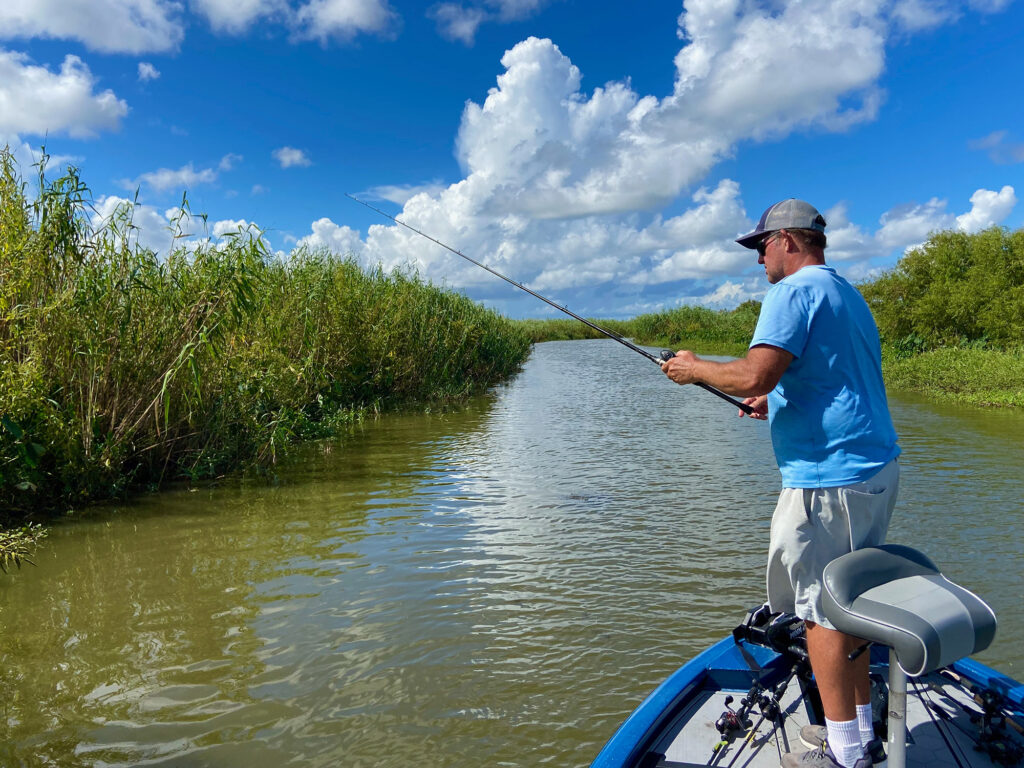
The roseau canes that line these waterways are hideouts for staggering numbers of bass, redfish, flounder and more, and when waters retreat, these fish get exposed. Venice regulars schedule their trips this time of year around falling tides, and hit major and minor passes that have steeper banks that allow game fish to wait for bait that gets sucked out of the canes.
In this scenario, a wide range of lures will work, but arguably the most productive and enjoyable technique is to flip soft-plastic worms, craws and creature baits to the edges of the canes. Bites are seldom ferocious, but the fights after hooksets sure are. It’s close-combat fishing, with anglers often getting splashed by angry redfish and bass erupting a rod’s length away.
Best gear includes heavy braided line, tungsten bullet weights of at least 3/8-ounce and 3/0 or 4/0 standard J hooks. Extra-wide-gap hooks tend to emerge from fish’s lips, snagging the tough roseau canes in the process. It’s not uncommon for anglers to watch helplessly as a violent bass, red or flounder earns its freedom due to a hook point that’s embedded in a cane.
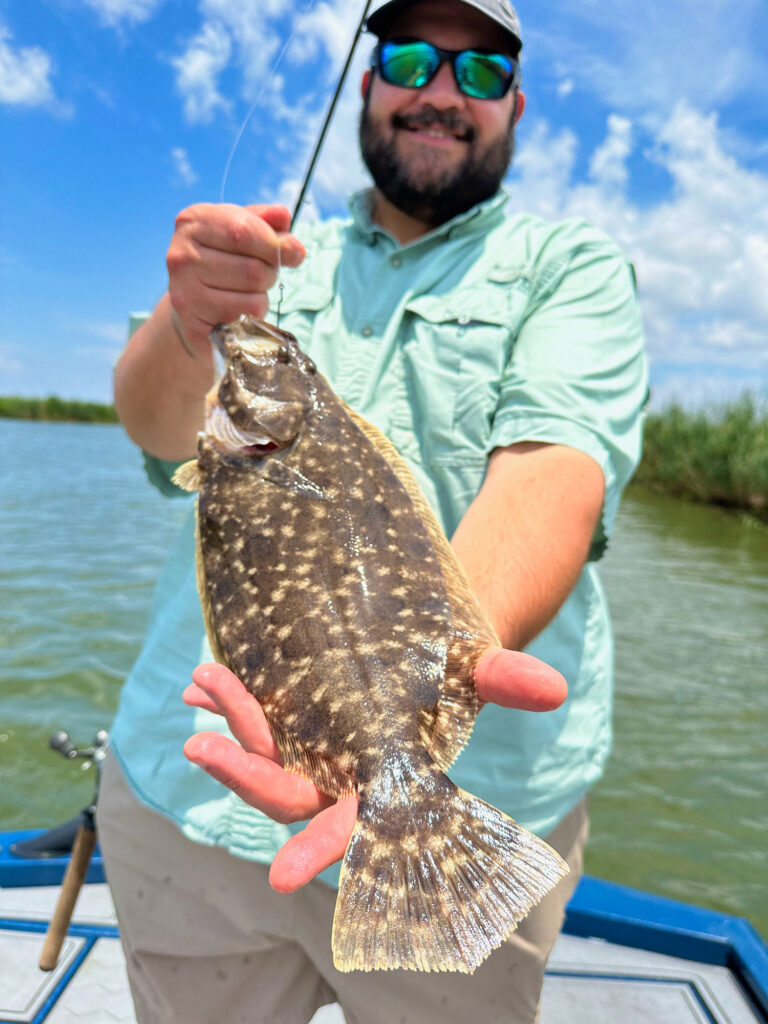
Newcomers are often stunned to discover all three of these species cohabitate side by side by side, and when setting the hook, it’s impossible to know which type of fish will emerge through the surface. That always adds an exponent to the fun factor. There’s no telling exactly when the river will fall below 5 feet this year, but interested anglers can check the level and forecast depth. Whenever it is, fishing will be off the chain, and anglers will owe it all to the tough spring days when the water was dirty and the fish were far out.

